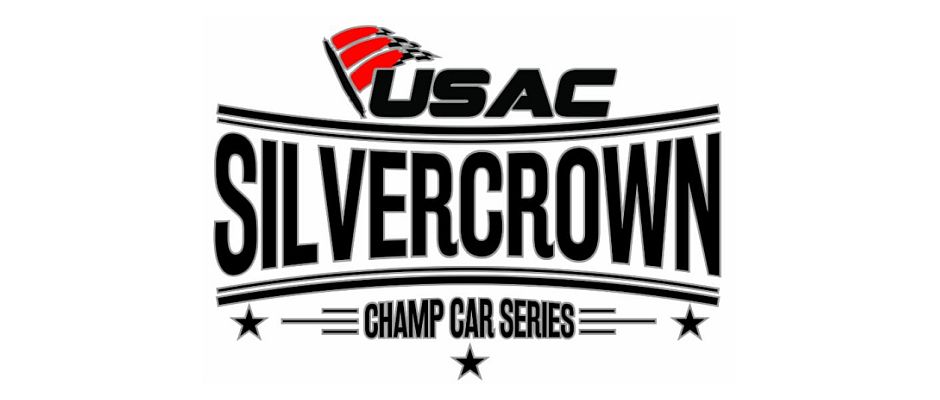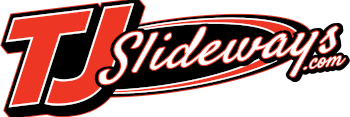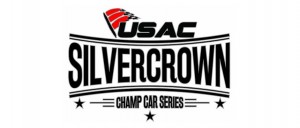
As the USAC Silver Crown Championship makes its return to southern Illinois and the Du Quoin State Fairgrounds one-mile dirt oval under the lights on Saturday night, September 3, we celebrate the 70th birthday for automobile racing on the famed, picturesque “Magic Mile.” A hall of fame roster of drivers have seen action on the Du Quoin clay which has produced some of the most famous and infamous moments in American auto racing.
William Hayes, owner of the local Coca-Cola bottling plant envisioned a fair in southern Illinois that rivaled yet complimented the established state fair in Springfield. He purchased 30 acres of land on the south side of the small southern Illinois community and in 1923 launched the first Du Quoin State Fair.
In 1939, the Hayes group purchased reclaimed strip mine land adjacent to the fair property and increased the size of the fairgrounds to 1200 acres. The reclaimed mine land helped give the fair its appearance of lakes and camping areas, in addition over 1400 trees were planted as part of the landscaping effort.
Near the end of World War II, construction began on a new one-mile dual purpose race track to replace the half-mile track and small wooden grandstand that were used for horse and auto racing. The half-mile grandstand burned to the ground during the summer of 1945 and, as a result, the new grandstand had to be rushed to be able to host fair-goers for entertainment that year. Steel shortages from the war prevented the grandstand from being completed and the ban on auto racing, which had not yet been lifted, prevented cars from taking to the track.
Actually, August 31 of this year will mark the exact date that auto racing was first contested on the mile-long ribbon of dirt as in 1946 Labor Day fell on September 2 of that year. Thus, on Saturday August 31, 1946, sprint cars took to the mile before a large crowd in the grandstand which did not yet have the classic roof over the stage area. CSRA star Jimmy Wilburn won the 25-mile event, two days later Hal Cole took a 10-mile feature on the new track. Cars returned in 1947 with Wilburn setting a new track record of 36.91 and winning a 25-mile feature in sprint cars on August 30, while Ray Knepper won a 10-mile feature on Labor Day. Despite the success of the first events Hayes had bigger plans for his facility.
Petitioning for and gaining sanction for a AAA 100-mile national championship race during the winter Hayes scheduled the event for Labor Day 1948 and to the surprise of many scheduled a second one in October. The fair race was won by future Indianapolis 500 winner Lee Wallard while the still date in October turned tragic. A cool day with a small crowd watched as popular national driving champion Ted Horn flipped in turn 4 early in the event and later passed away at the local hospital. The accident made national headlines and gave rise to the annual Ted Horn 100 national championship race during the Du Quoin State Fair.
Champ cars and midgets returned in 1949, with stock cars added in 1950. 1950 also marked the first time a Du Quoin championship car race was rained out and not rescheduled. Over the next five and one half decades, auto racing fans by the thousands made the Labor Day weekend pilgrimage to Du Quoin for the motorsports program. The list of participants in those programs currently fills more than one auto racing hall of fame. Jimmy Bryan, Fred Lorenzen, A.J. Foyt, Rodger Ward, Jack Bowsher, Don White, Butch Hartman, Al Unser, Mario Andretti, Gary Bettenhausen, Dean Roper, Jack Hewitt and Frank Kimmel are just a few of the names who have visited Du Quoin’s lakeside victory lane.
A new tradition continues Labor Day weekend with the first all-nighttime racing program on the mile. The USAC Ted Horn 100 takes place on Saturday night, September 3, with the ARCA General Tire Grabber stock car race on Sunday night September 4.


